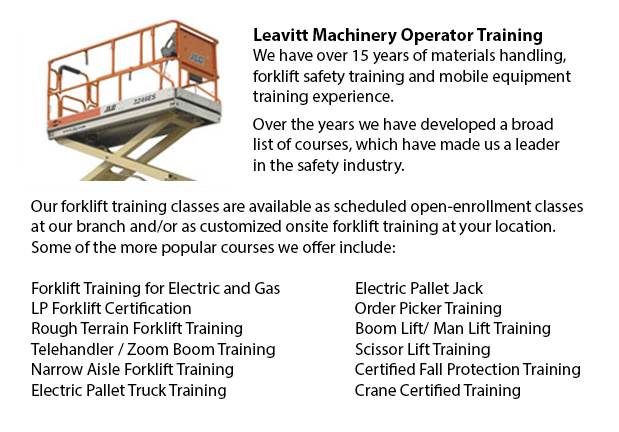
Scissor Lift License Ottawa - The is an inherent risk in operating a scissor lift, as with all kinds and types of powered work tools would require correct handling to be able to prevent accidents that could result in damage or injuries. Companies should ensure that staff operating this particular machine have the required training.
Unqualified employees should not be allowed by their companies to use scissor lifts. The lift is designed to lift materials and people to various heights. Failure to understand and completely abide by safety standard could cause damage to the lift or injuries for users.
There are no regulations governing the utilization of fall protection for those who use scissor lifts. However, manufacturers could suggest the utilization of fall protection and in various circumstances tying off in scissor lifts may be required by employer guidelines, local regulations or job-specific risk assessment.
To make certain that the scissor lift is in good working order prior to using the machinery, the operator needs to carry out a thorough inspection. This is the operator's task, even though the unit has already been in service that same day. The machine's operator's manual contains a pre-operation checklist.
Examples of what to look for when performing a pre-operation check include checking tire-inflation pressure, and checking ground controls and controls in the platform to be able to ensure they are working. When retracting or extending the boom, look for delayed movement on the fly section which could indicate loose cables. Whilst operating the controls, make sure that the emergency stop switches work. Operate functions against the machine's cutout switches. Test the boom control system by cycling a boom lift to the furthest extent of its operating envelope. Safety limiters should stop the unit automatically before it moves into an unstable position, if they are working correctly. If they aren't, shut down the lift and make sure that repairs are made before it is used for a second time.
Safe and proper operating procedures must be followed at all times. Levers should be operated with controlled, even pressure. A control lever must never be pushed from one position to the opposite position. The lever must be shifted to neutral, prior to stopping, and after that proceeding in the desired direction. When released, levers and control switches should return to the neutral position automatically. Depress the foot switch before operating platform controls.
-
Telehandler Ticket Ottawa
Telehandler Ticket Ottawa - The telehandler or telescopic handler is a commonly utilized equipment in industrial and agricultural applications. This machine is the same in look to a forklift and also functions in a similar manner, though telehandlers... More -
Telehandler License Ottawa
Telehandler License Ottawa - The telehandler or telescopic handler is a frequently used machine in industrial and agricultural applications. This particular equipment is the same in appearance to a forklift and even functions in a similar way, althou... More -
Forklift Training Courses Ottawa
Forklift Training Courses Ottawa - Our forklift operator safety training has been tailored for illiteracy, thus cutting the training time in half. We provide forklift training certification, lift-truck operator driver safety training evaluation, and... More -
Boom Lift Certification Ottawa
Boom Lift Certification Ottawa - Making use of elevated work platforms allow for work and maintenance operations to be carried out at elevated work heights which were otherwise unreachable. Workers using scissor lifts and boom lifts can be educated i... More -
Aerial Platform Training Ottawa
Aerial Platform Training Ottawa - Aerial lifts might be used to accomplish certain different duties done in hard to reach aerial spaces. Many of the tasks associated with this style of lift include performing routine upkeep on structures with high ce... More -
Loader Operator Certification Ottawa
Loader Operator Certification Ottawa - Ways To Acquire A Loader Operator Certification - Loader Operator Certification is normally needed for personnel working within construction, warehouse or industrial setting to ensure the safe operation of forkl... More -
Aerial Lift / Boom Lift / Man Lift / Scissor Lift Training in Ottawa
Lift tables or also referred to as scissor hoists can raise both individuals and goods vertically. They are normally utilized in commercial, industrial and construction environments. Commonly, the use of a scissor lift truck is to lift and lower thin... More -
Skid Steer Loader Training in Ottawa
The engine powered skid-steer loader comprises a small and rigid frame, equipped together with lift arms which can connect to lots of industrial attachments and tools so as to perform a wide variety of labor saving jobs. Usually, skid-steer loaders a... More

Forklift Training Ottawa
Ottawa, Ontario
forklifttrainingottawa.com
Email Us
About Us


